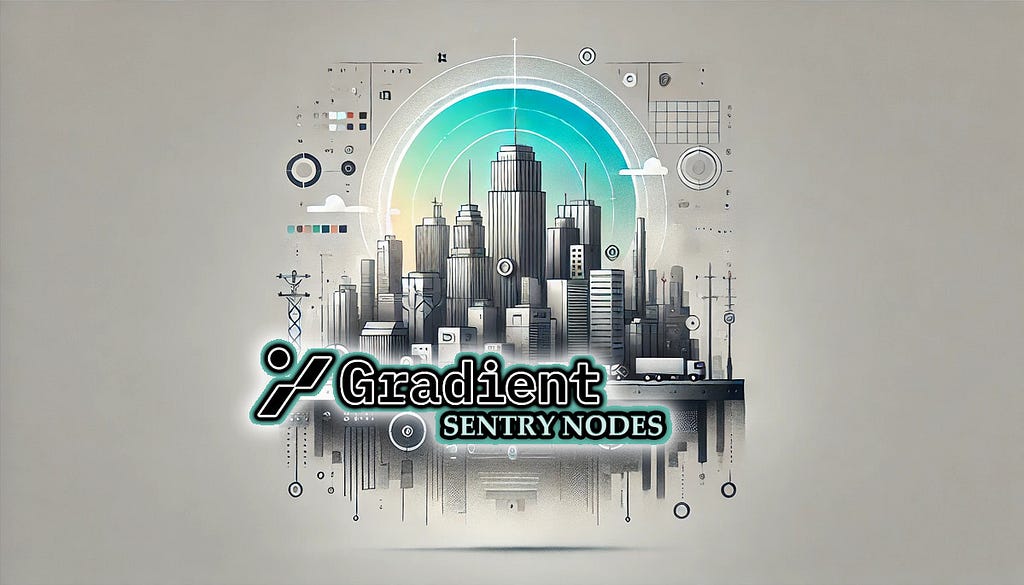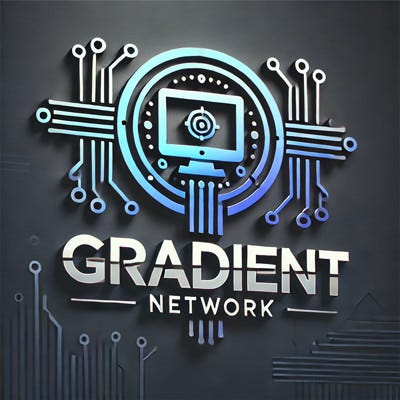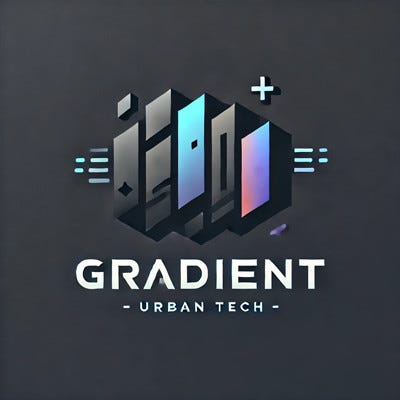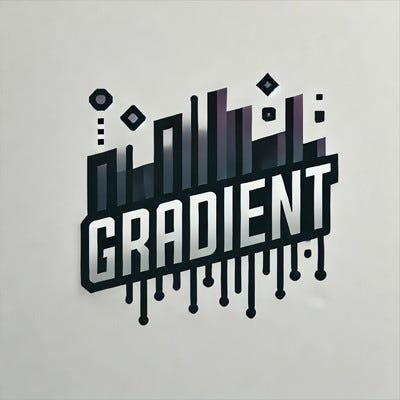Blockchain Life 2024 United Crypto Leaders from 120 Countries in Dubai

Welcome to Gradient Network and Sentry Nodes! As cloud computing becomes more essential to our digital lives, control over this technology has concentrated in the hands of a few tech giants. This centralization poses serious concerns, especially as we approach an AI-driven future where data privacy, accessibility, and affordability are at risk. Gradient Network is reshaping this landscape by developing a decentralized compute infrastructure on Solana, prioritizing edge computing to distribute resources closer to the user. Their mission is to make computing more accessible, affordable, and inclusive, allowing individuals — not just corporations — to play a part in building this open network.
With the launch of Gradient Sentry Nodes, Gradient Network offers an easy, cost-free setup for anyone who wants to participate. These lightweight nodes use minimal data and are designed to support intermittent connections, enabling broad participation without high technical barriers. By running a Sentry Node, participants contribute to Gradient’s decentralized connectivity layer, laying the groundwork for a resilient and community-driven network. In return, Sentry Node operators receive passive rewards through a model that compensates users based on their node’s uptime and connectivity, as well as referral bonuses for expanding the network. This guide explores Gradient Network’s vision, the unique role of Sentry Nodes, and how you can earn passive rewards while supporting a decentralized future for cloud computing.
 The Vision Behind Gradient Network
The Vision Behind Gradient NetworkGradient Network’s philosophy is rooted in decentralization. Their vision encompasses creating an “open layer for edge compute” that bypasses traditional intermediaries, leading to a more inclusive, accessible, and affordable compute structure. With an emphasis on edge computing, Gradient Network focuses on areas like AI inference, content delivery, and serverless functions — key verticals poised to reshape the compute industry.
A Phased Approach to Decentralized ComputeGradient Network’s strategy is inspired by “Gradient Descent” in machine learning, emphasizing a phased approach to realize an open, ubiquitous compute infrastructure. Here’s how this vision unfolds:
- Pervasive Connectivity: Enabling direct communication between devices to eliminate intermediaries, enhancing performance, data privacy, and system robustness.
- Homogenized Computation: A unified compute layer that commoditizes diverse compute resources, ensuring high availability and seamless access for various demands.
- Adaptive Orchestration: Adaptive orchestration makes it possible for any compute demand to interact smoothly with the network, dynamically distributing resources where needed.
 Sentry Nodes: The Backbone of Pervasive Connectivity
Sentry Nodes: The Backbone of Pervasive ConnectivityThe initial product, the Gradient Sentry, is designed to foster pervasive connectivity by establishing a decentralized network of lightweight, privacy-preserving nodes. By running a Sentry Node, users become part of this foundational layer, actively contributing to the liveness and connectivity of the global network.
Key Features of Sentry Nodes- Privacy-Preserving and Lightweight: Sentry Nodes use minimal data (less than 1MB per month) and require only intermittent uptime.
- Mapping Global Connectivity: Sentry Nodes actively map network connectivity, ensuring the availability and efficiency of Gradient’s decentralized compute infrastructure.
- Peer-to-Peer Verification (Taps): Sentry Nodes establish periodic peer-to-peer connections known as “Taps,” which validate connectivity between random nodes, enhancing network resilience.
- Sign Up on Gradient Network: Register on gradient.network.
- Follow Gradient’s Official X Account: Connect and follow their official X (formerly Twitter) account, @Gradient_HQ.
- Install Sentry Node: Download the Sentry Node from the Chrome Web Store and follow setup instructions.
- Jumpstart with Referral Codes: Enter a friend’s referral code during setup for bonus points.
 Rewards System: Earning with Sentry Nodes
Rewards System: Earning with Sentry NodesRunning a Sentry Node allows you to participate in Gradient’s rewards program, incentivizing network contributions. Here’s how rewards are structured:
Network Rewards- Proof-of-Availability (POA): Sentry Nodes earn POA rewards based on their uptime, receiving 0.25 points for every 10 minutes online.
- Proof-of-Connectivity (POC): Sentry Nodes earn POC rewards by successfully establishing Taps with other nodes. Both nodes involved in a successful Tap receive 0.75 points.
Gradient Network offers multiple ways to enhance your rewards through referrals and achievements:
- One-Time Referral Bonus: When your referral achieves 72 hours of uptime, both you and your referral earn 20 points.
- Perpetual Referral Bonus: You earn a 10% bonus on your primary and secondary referrals’ POA and POC rewards.
- Account Boosts via Achievements: As users complete achievements and gain experience (EXP), they unlock higher account tiers, which increase reward boosts up to 10% at the Diamond level.
The Gradient Dashboard is your control center, offering a comprehensive view of your Sentry Node’s performance, rewards, and referral activity. Key features include:
- Real-Time Node Monitoring: Track your node’s uptime, taps, data transmitted, and other metrics for optimal performance.
- Rewards Visualization: Easily view rewards across categories — Network, Boosts, and Referrals — and see how each activity contributes to your earnings.
- Profile Customization: Tailor your profile and account settings, making the Gradient experience uniquely yours.
 Building a Decentralized Future
Building a Decentralized FutureBy running a Sentry Node, you are not only earning rewards but actively contributing to Gradient’s mission of creating a decentralized, open layer for edge computing. This initiative fosters an inclusive ecosystem where anyone can participate, reshaping global compute infrastructure into something more accessible and resilient.
As AI and Web3 technologies continue to evolve, Gradient Network’s decentralized approach offers an exciting alternative to traditional cloud infrastructure, positioning itself as a pioneering force in the future of edge computing. Whether you’re motivated by rewards, a belief in decentralization, or a desire to shape the future of compute, joining Gradient Network is a step towards realizing a more open and decentralized compute landscape.

Here are the main social media and community links for Gradient Network:
- Website: https://gradient.network
- Twitter (X): https://twitter.com/Gradient_HQ
- Discord: https://discord.gg/gradientnetwork
- LinkedIn: https://www.linkedin.com/company/gradient-hq
These channels provide updates, community support, and ways to get involved with the Gradient Network project.
Meet Gradient Network: Sentry Nodes and Rewards was originally published in Coinmonks on Medium, where people are continuing the conversation by highlighting and responding to this story.
